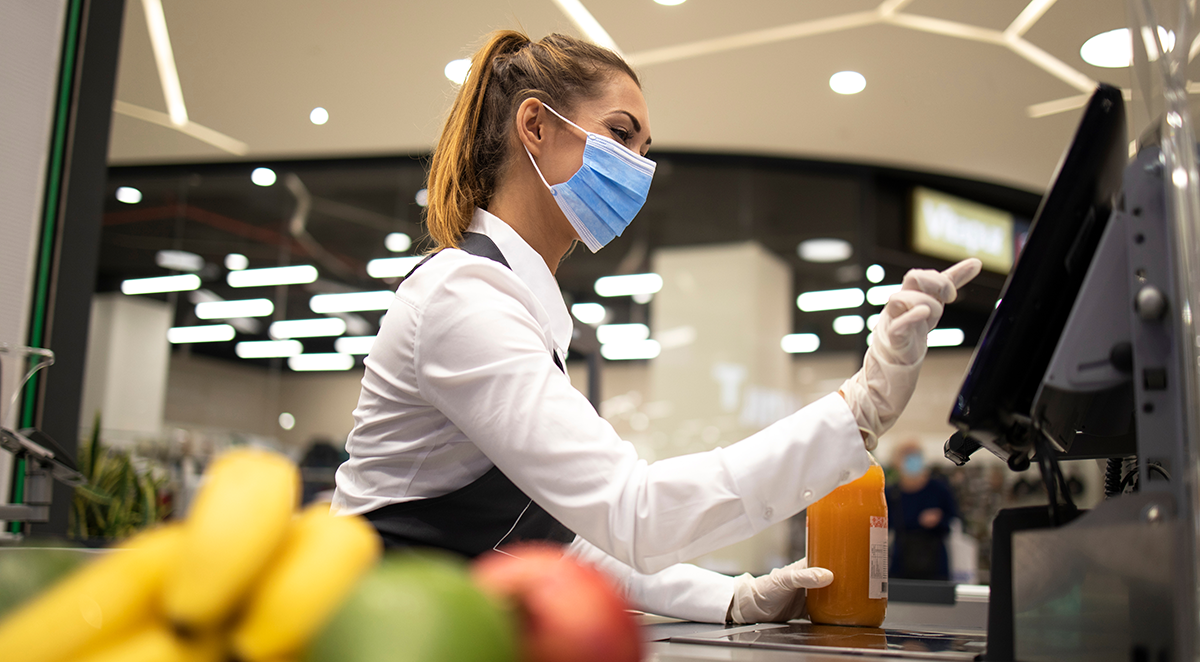Posted on 10 November 2020
In a new article published in the Journal of Artificial Societies and Social Simulation, CNRS/Sorbonne University Researcher Gianluca Manzo and EUI Chair in Sociology Arnout van de Rijt combine social network analysis and computational simulations to show that isolating and treating just a small number of ‘super-spreaders’ dramatically improves our ability to contain the pandemic, and is more efficient than blanket measures.

Network scientists have established theoretically that individuals with more numerous social connections than average (called ‘hubs’) accelerate the diffusion of anything – from information to disease. Manzo and van de Rijt are the first to apply this insight to empirical ‘encounter data’ that are relevant for viruses like SARS-CoV-2. The intuition is that hubs are crucial not only because they can transmit the virus to many others, but because they are much more likely to become infected in the first place. “We already knew that targeting hubs can work for HIV, because a few people have many sex partners, but we did not know if it can work for SARS-CoV-2, which spreads very differently.”
Manzo and Van de Rijt created an artificial society through computer simulation (Agent-Based Modelling), where each artificial agent’s contact network resembles one actually observed in the real world. This improves on standard epidemiological models used to inform policies for dealing with the pandemic, which cannot examine the role of network structure. “In our simulation, both the behaviour of each artificial agent and the structure of interactions among the agents can be manipulated by the researcher – like in a video game”.
Modelling with Knowns and Unknowns
Where do the empirical data come from? A large-scale contact survey in France, involving 2,000 people (a representative sample), wherein respondents were asked to record in a diary everyone they got physically close to over two consecutive days. Such surveys are commonly used by epidemiologists to estimate the average number of contacts by age. “We improved on this by exploiting the entire distribution of contacts, including high-contact individuals”. We discovered that having lots of contacts does not necessarily imply that those numerous contacts have shorter average duration.
Once the contact network is set up, each artificial agent can infect each of the others with which he comes in contact, with a given probability. “The probability of transmission for SARS-CoV-2 is still largely unknown, so we simulated the epidemic several times, assigning different probability values. By contrast, we could calibrate the number of days during which someone is infectious, and the probability of recovery, according to what is known for SARS-CoV-2.”
Duration vs. Frequency of Contact
Clearly, if the authorities could legally and ethically target super-spreaders for greater protection, society would be better off. The simulations suggest a strategy to identify them. Starting with a random sample of people, health authorities ask each person for a set of close or frequent contacts: one of them is then randomly selected to apply the intervention. Network theory confirms that this two-stage process maximises the probability of ending up with high-contact individuals. Even more efficient is to ask each selected individual to name a contact they know works in a high-risk profession.
One potentially acceptable way to target super-spreaders is through professions known to involve many daily contacts. There is now evidence that multiple, repeated, very brief close-range interactions (<= 60 sec) are in fact sufficient for contagion. These are distinct from the ‘contact professions’ targeted in some measures to date (health care professionals, hairdressers, sex workers), which involve daily physical contact but with a relatively limited number of customers.
“Our analysis suggests there should be a much greater emphasis on the targeted testing, protection, personalised preventive messaging, and ultimately vaccination, of those in close contact with large numbers of people each day. Among them are cashiers, taxi drivers, waiters, priests and airport personnel. By focusing on the wellbeing of super-spreaders, limited resources may be spent much more effectively.”